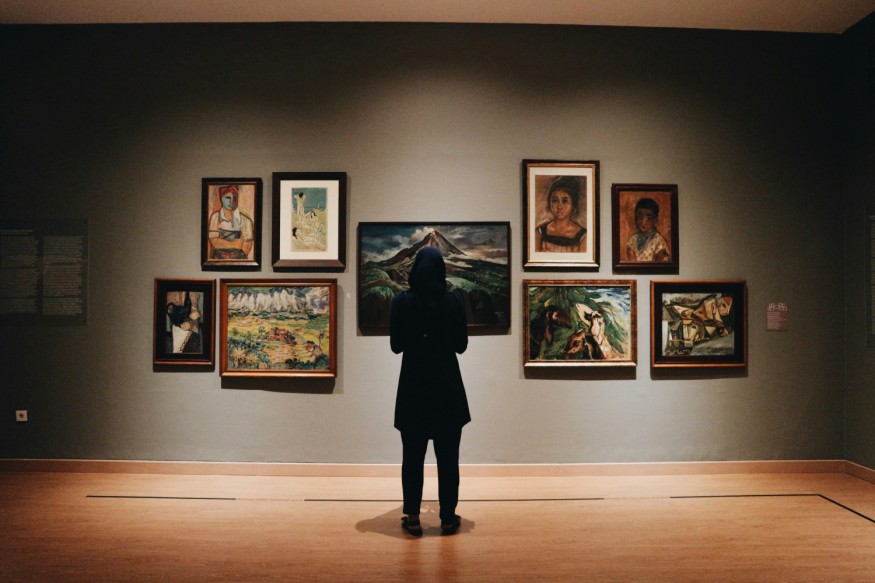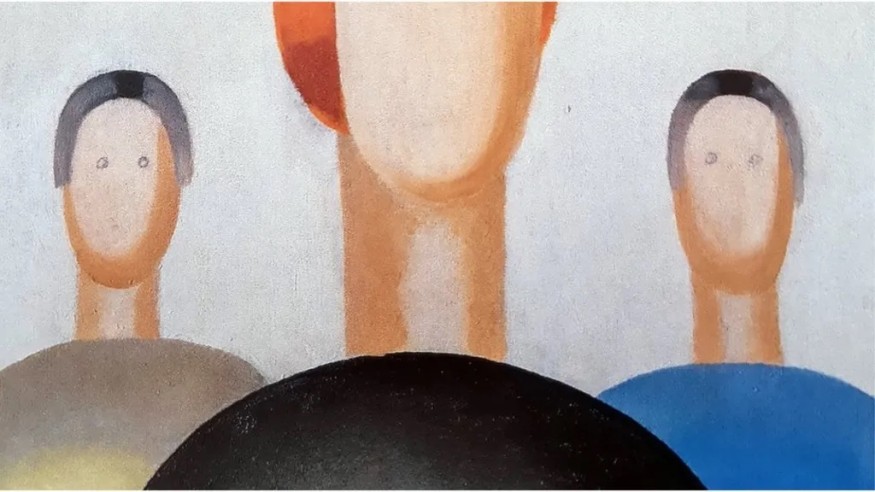10 Treasured Artworks That Have Faced Vandalism Throughout History

Vandalism of cherished artworks often leaves the public bewildered and enraged. The motivations behind such acts vary widely, from political statements to personal provocations. In all cases, the goal remains to disturb the appearance or reputation of well-known artworks.
Recent Incident at the National Gallery
In a recent incident at London's National Gallery, two activists were arrested after attacking Diego Velázquez's "The Toilet of Venus" with emergency rescue hammers. This act of vandalism is just one in a long history of attacks on artworks driven by motives as varied as the vandals themselves.
Michelangelo's Pietà (1972)
Such a work was Michelangelo's 'Pietà' which was vandalized in 1972 by trying to carve his name on it, Laszlo Toth, an unemployed geologist had attacked it 12 times with a hammer. This attack cracked the Virgin Mary's nose, and her headwear had holes that showed signs of denting. The wrongs were caused by the frescos or paintings in the Vatican Museums, and it took approximately ten months to reconstruct and restore them. Toth was considered a socially undesirable element and was rendered in a mental institution before being reported to Australia.
Byzantine Iconoclasm (726-87; 814-42)
The Byzantine Iconoclasm involved state-sanctioned destruction of religious images. Emperor Leo III issued edicts to end the veneration of icons, leading to the widespread destruction of mosaics, sculptures, and other religious artworks. This was an effort to solidify his reign and eliminate religious imagery that could challenge his authority.
Velázquez's Rokeby Venus (1914)
In 1914, suffragette Mary Richardson slashed Velázquez's "Rokeby Venus" to protest Emmeline Pankhurst's arrest. Richardson's act damaged Venus's hip and back, leading to a two-week closure of the National Gallery for restoration. Richardson served a six-month prison sentence, during which she led a hunger strike and was eventually released early.
Robert Rauschenberg Erases de Kooning (1953)
In 1953, Robert Rauschenberg erased a drawing by Willem de Kooning in a unique form of artistic vandalism. This act created a new artwork, "Erased de Kooning Drawing," which explored the boundaries between creation and destruction in art.
Leonardo da Vinci's Mona Lisa (1974)
In 1974, Tomoko Yonezu targeted the Mona Lisa, attempting to spray-paint the painting in protest against discriminatory crowd control measures. The painting, touring in Tokyo, suffered minimal damage due to protective measures. Yonezu was fined, and her trial highlighted issues of accessibility in museums.
Rembrandt's Danaë (1985)
In 1985, a man attacked Rembrandt's "Danaë" at the State Hermitage Museum, first slashing the painting and then dousing it with a foul-smelling liquid. The restoration took 12 years, and the painting was eventually returned to display, albeit altered.
Anna Leporskaya's Painting (2021)

In 2021, a security guard at the Yeltsin Center in Russia defaced Anna Leporskaya's painting by drawing eyes on faceless figures. The guard, Aleksandr Vasiliev, claimed teenagers influenced him and was later charged with criminal vandalism. His act highlighted issues of mental health and responsibility in acts of vandalism.
Vincent van Gogh's Sunflowers (2022)
Climate protesters with Just Stop Oil Plan carried out an attack on one of Vincent van Gogh's most famous paintings, "Sunflowers," in the National Gallery in London in October 2022. Some copies of the Mona Lisa were vandalized, but the abrasive surface being lasered had protective glass, and therefore, nothing was damaged. More protests followed this incident and other famous paintings.
Monet's Haystacks (2022)
Climate activists also called them Vian or "vegan vampires" and attacked Claude Monet's "Haystacks" in Potsdam, Germany with mashed potatoes. These protests targeted raising awareness towards Climate Change by employing artworks to help further emphasize the movement.
Gustav Klimt's Death and Life (2022)
Extremists see the climate protests as another act of vandalism - this time, oil was poured on the painting "Death and Life" by the Austrian artist Gustav Klimt in Vienna. These actions, such as the ones done to the van Gogh and the Monet paintings, were performed to elicit a reaction and get people to focus on the climate situation.
These acts of violence show that there is often more to the story than just politics and protest: people have anger and stress and sometimes vent by committing hate crimes against the most vulnerable. Despite the possibility of restoring damages sustainably inflicted on the artworks, the cultural trauma is hardwired into the system and memorized by the art community and the global population.
From Digital Models to 3D-Printed Homes: Jaspreet Kaur Lall Explains How the Innovation Changes the Construction Industry

Future Belongs to Green Construction: Sampath Kumar Paspunoori Explains One of the Key Trends in the Construction Industry

Kamala Harris' Campaign Ad Uses Iconic Visuals from Carrie Mae Weems to Connect with Voters

Historic Ancient Roman Ruins in Baalbek Remain Strong After Israeli Air Strikes; Locals Seek Cultural Protection

4 Ways to Honor Departed Loved Ones in Your Home Design











